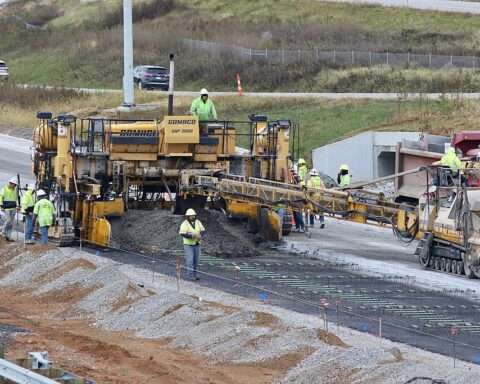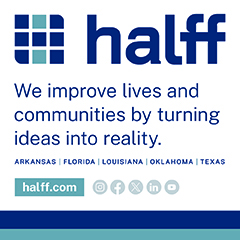Budgets and resources have been tightening around municipality and county projects for years, putting local governments in difficult positions as they navigate unreliable funding streams to maintain essential infrastructure and systems. As a result, public-private partnerships (P3) have emerged as a leading project delivery alternative, providing public entities with a feasible means to bridge funding gaps while accelerating project timelines.
Volatile markets and inflation have caused the costs of even the most fundamental projects to dramatically rise, complicating local government efforts to provide the quality services, support and systems residents need in daily living. P3 models allow cities and counties to circumvent high costs by allowing a private company to shoulder the bulk of the costs upfront and recoup them at a later date. The company is tasked with finishing the project, which will remain under the ownership of the local government entity.
P3s offer an incredible range of flexibility in execution, all while mitigating the impact to public funds and taxpayer dollars. Cities and counties don’t need to use traditional funding channels – such as issuing bonds or raising taxes – to fund expensive projects. By removing these constraints, public entities can strategically implement critical projects while maintaining accountability and performance-based results.
There has been a marked acceleration in the use of these projects in recent years. Between 2022 and 2024, there were 41 facility-related projects that received contracts, according to a new report from industry research firm Jones Lang LaSalle. This is more than double the number – a total of 17 – signed between 2019 and 2021. The rise in P3 popularity can be
attributed in no small part to several pressing economic factors and challenges caused by the pandemic and various federal policies.
Currently, five states lead the nation in P3 activity since 2019: California, Maryland, New York, Pennsylvania and Florida. Higher education institutions are the primary active sectors for P3 efforts, accounting for more than half of all projects. Since 2019, 32 colleges and universities have completed P3 projects, prioritizing new student housing construction.
Out of the projects receiving approval between 2022 and 2024, trends gravitated toward securing student housing, research and energy infrastructure. The uptick in P3 popularity has evolved the transaction structure as well. In recent years, public sector entities have taken on additional risk or provided guarantees for the project, a move needed to provide greater mobility and control in a more challenging economic landscape.
Research shows that, over that five-year period, ground-up development dominated compared to retrofit and replacement projects. Higher education led the pack for P3 projects, followed by:
- Local government.
- Public transportation.
- K-12 education.
- Aviation.
- Healthcare.
- State government.
- Media and entertainment.
Using recent metrics in P3 activity, contractors and public officials should anticipate that P3 implementation will continue to expand in the coming years. Financial uncertainty drives innovation, resulting in creative solutions to make the most with limited resources available. Bolstered by predictable costs and protection from market volatility, public entities using P3 models will be able to address deferred maintenance backlogs and achieve strategic milestones while adapting to changing macroeconomic factors.
Photo by Kelly from Pexels













